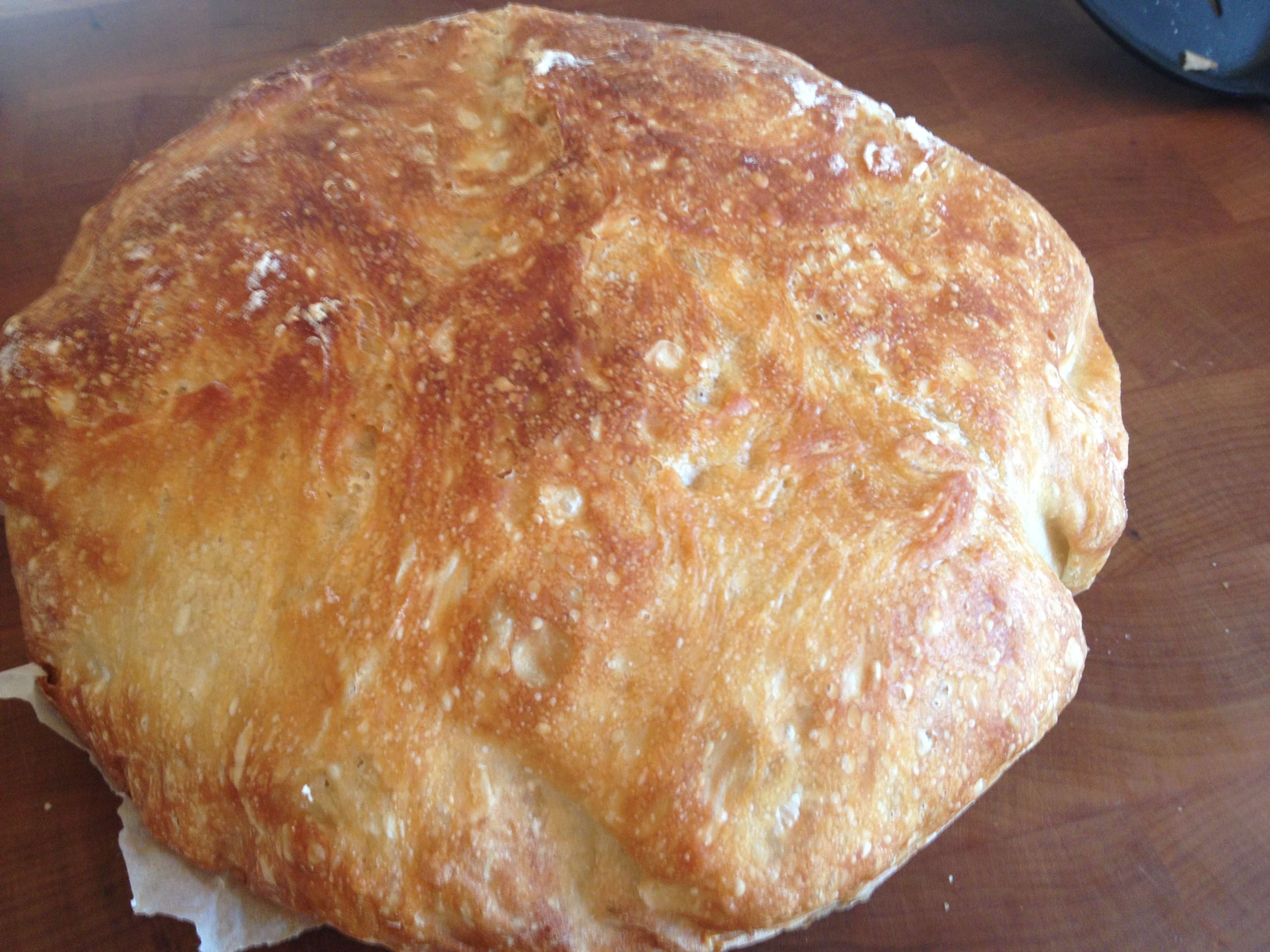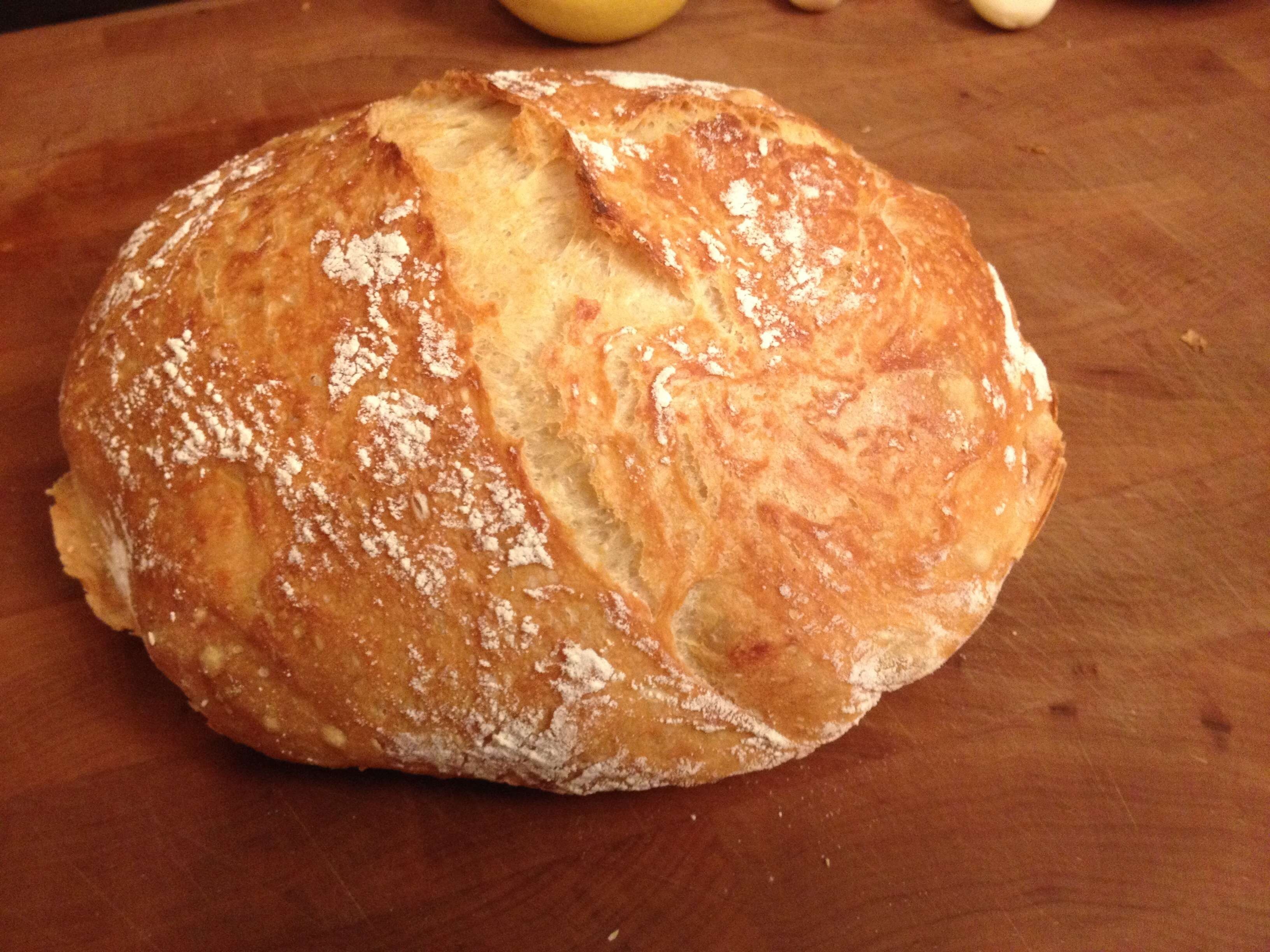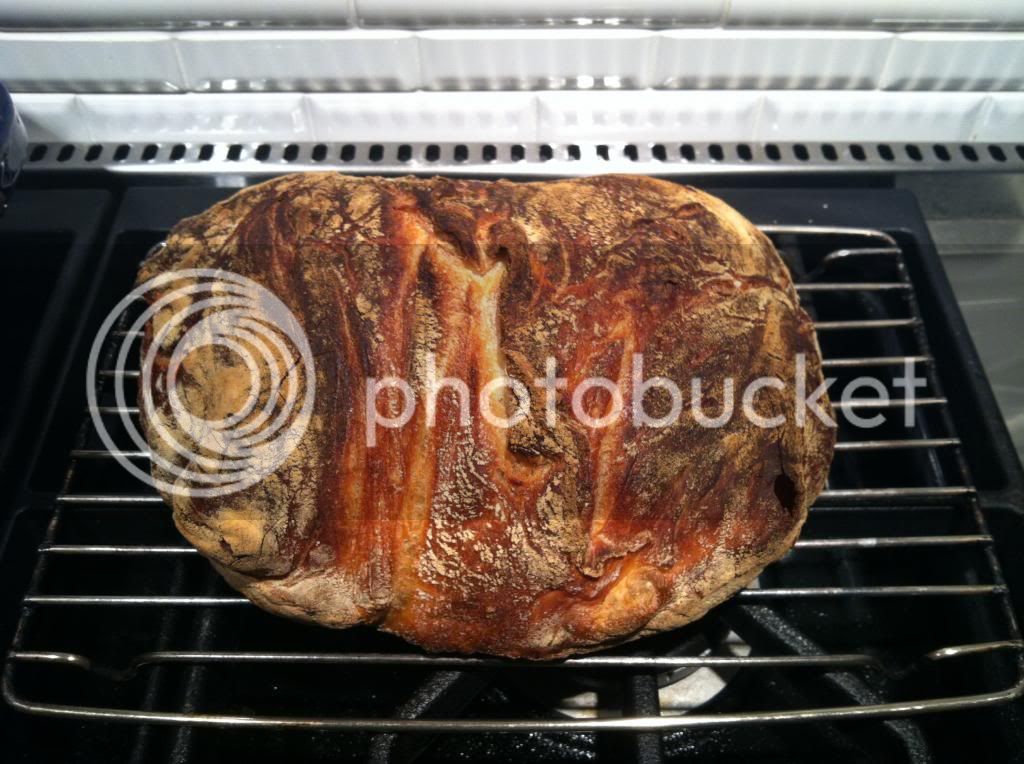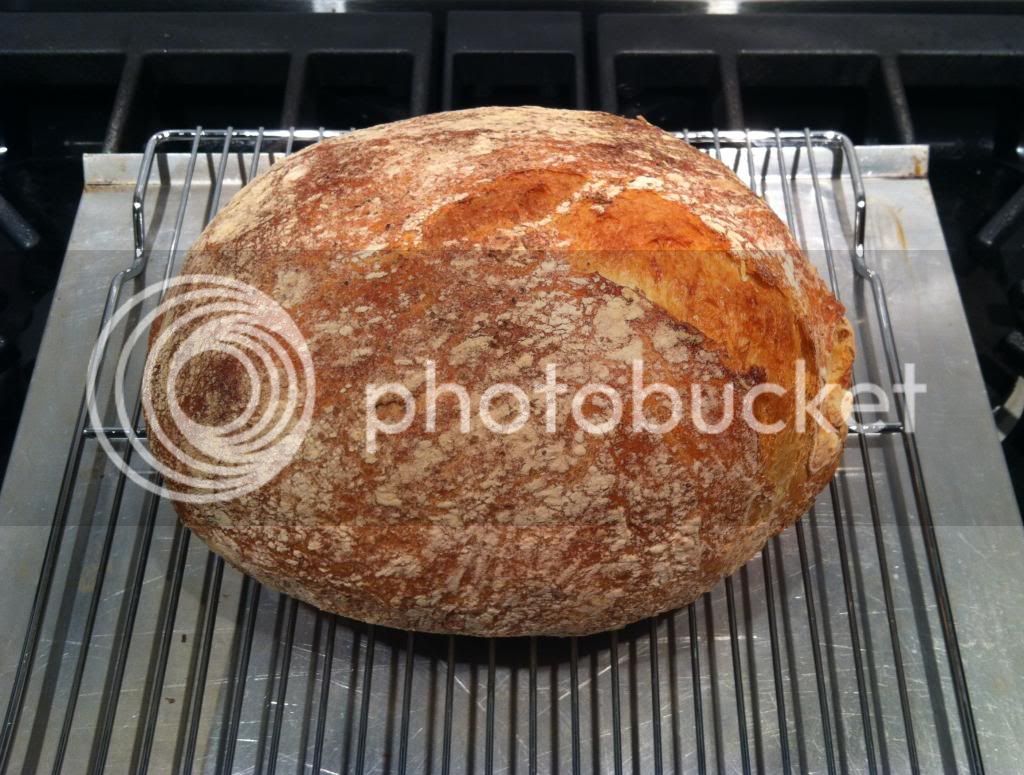stereo.pete
Senior Member
- Joined
- Mar 2, 2011
- Messages
- 2,398
- Reaction score
- 366
Alright, so I've recently started baking bread again. The recipe is the no knead bread from the NY Times, which is a simple and delicious bread to bake. Here are the results of my first bake
 Fantastic!
Fantastic!
Last night I prepped another batch of dough, which is made from very simple ingredients.
I mixed the ingredients together in a stainless steel bowl (same one I used the night before) and covered with plastic wrap. Today I wake up and the dough has not risen at all. What could possibly be the cause.
Factors that may have changed below
What gives?

Last night I prepped another batch of dough, which is made from very simple ingredients.
- 3 Cups Flour
- 1/4 teaspoon of yeast
- 3/4 tblspoon kosher salt
- 1 and 1/2 cups of warm water
I mixed the ingredients together in a stainless steel bowl (same one I used the night before) and covered with plastic wrap. Today I wake up and the dough has not risen at all. What could possibly be the cause.
Factors that may have changed below
- temp of water (it calls for warm water, what does that really mean?)
- Temp in the house although both nights according to my thermostat were at 62 degrees F.
- Yeast for second batch was from the packet I had opened the night before, but that packet was secured in a ziplock bag
What gives?











